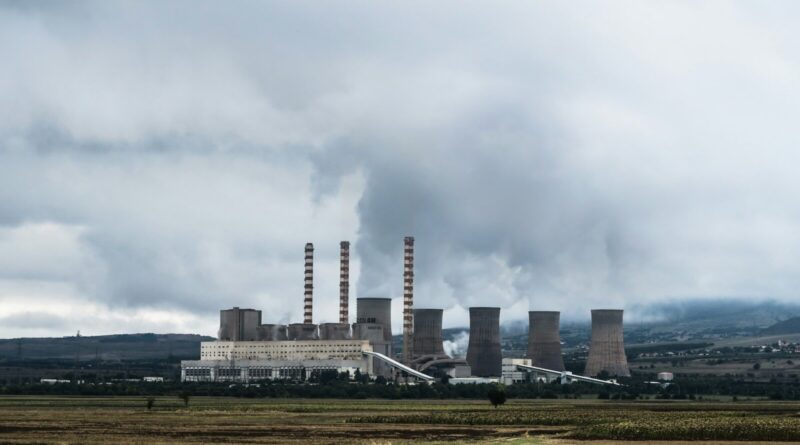Baseload Power Doesn’t Make Sense Anymore

Sign up for daily news updates from CleanTechnica on email. Or follow us on Google News!
I am pretty sure I will be called names for this, but I think it needs to be said.
Today, despite all the reasons to know better, many people still insist that we need baseload power. I see this every day in the news. I think it is sheer folly, but we should understand what people want, and why it is folly to want it.
Let me start with a statement that I am sure some people will comment on, if for no other reason just to say that I must be mad. It is this:
It is not possible to run an electric grid on just baseload power.
To understand why this is true, it is necessary to know what baseload power is.
The base load is the minimum load that the grid will have during some period of time. (Wikipedia: Base load) Please note the word MINIMUM! There is a reason the base load was important. It was to save money. It seems that worked, decades back, but my guess is that today it will only work where people insist on running an archaic generating plant.
A baseload power plant is designed to provide the base load, the minimum demand that the grid will have during a period of time. The period for a plant’s design might be its lifetime, which would mean the base load is the expected minimum demand to be placed on it during a period of forty or fifty years.
Designing a plant to do this saved money because the plant did not have to have all the features necessary to match the changes of demand, as it goes through its swings. Which it does all the time. So the reason for baseload power is this:
Baseload power was designed to be cheap, without regard for changing grid demand.
We should bear in mind that addressing the base load was an approach of the early twentieth century. The baseload power plant saved money by producing the same amount of electricity constantly, regardless of demand. Its goal was to run flat-out, at 100% of capacity, day in and day out, for as much of its lifetime as it could.
That design meant that baseload power could not address changes in demand, which have always gone up and down constantly. With baseload power only supplying the minimum load, other types of generating capacity had to be turned on and off, ramped up and down, constantly. The big trick to running a grid is this:
Supply must meet demand as precisely as possible. Too little is a problem, but so is too much.
And of course, baseload power only provides the base load, so addressing the big trick had to be done by other power sources. Baseload plants can’t do that. So baseload plants can’t power a grid by themselves because they are inflexible.
What happens when the grid doesn’t really need any power beyond the base load? Demand might go up, which would be okay because it means that other power sources would be turned on. But what if the demand falls below what is supplied by the base load? Well, it means that plants have to be shut down, because they can’t respond fast enough to match demand. And since baseload power plants tend to be big, that means almost certainly that some area will suffer a blackout because demand was lower than supply.
Low demand can mean plants that are too big to meet demand precisely might have to shut down. And low demand could also mean high costs in the real world. This is a case where the law of supply and demand might be just a little out of touch with reality.
For years, I have been really tired of the too often repeated words, “The sun doesn’t always shine, and the wind doesn’t always blow.” The sun might not always shine in one place, and the wind might not always blow there. But baseload power simply cannot supply the all electricity we need for changing loads of the grid. The complaint about sun and wind is that they are variable. But we have an equally valid complaint that baseload power is rigid and inflexible.
But the compelling complaint about baseload power is that while it did save money in the past, it doesn’t any more. Sun and wind are cheaper than this “cheap” power source. And backup battery power is cheaper than the backup plants needed for baseload power.
I can’t believe I am writing this in 2024. Come on people! We are in a new paradigm! Act like it!
Image: Coal-burning power plant (Jason Blackeye, Unsplash)

Chip in a few dollars a month to help support independent cleantech coverage that helps to accelerate the cleantech revolution!
Have a tip for CleanTechnica? Want to advertise? Want to suggest a guest for our CleanTech Talk podcast? Contact us here.
Sign up for our daily newsletter for 15 new cleantech stories a day. Or sign up for our weekly one if daily is too frequent.
CleanTechnica uses affiliate links. See our policy here.
CleanTechnica's Comment Policy

